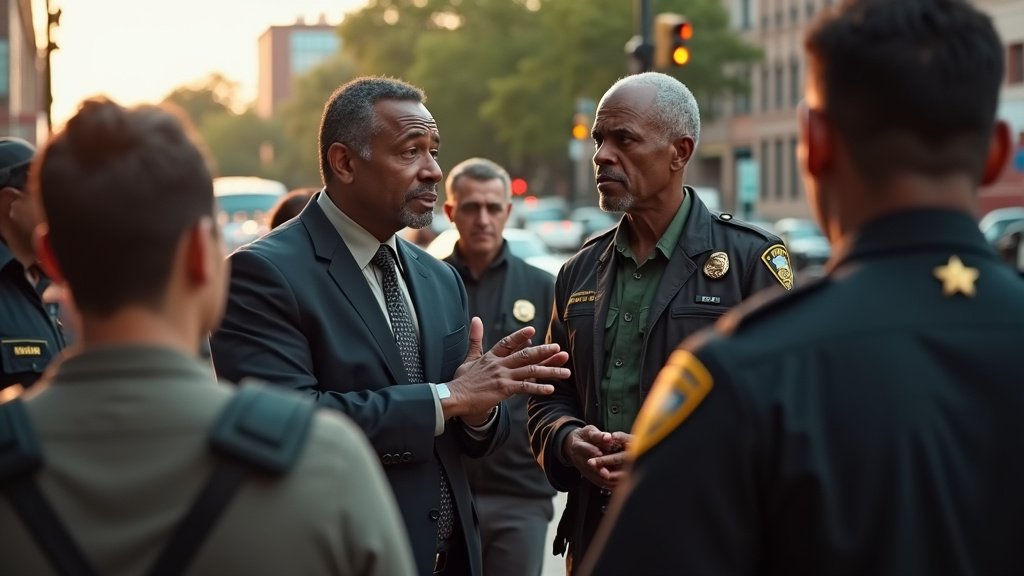Washington, D.C. – The Trump administration has implemented a significant shift in U.S. immigration policy, directing Customs and Border Protection (CBP) officials to offer a new option to unaccompanied migrant teenagers: voluntary return to their home countries. This directive, which applies to teenagers aged 14 and older, marks a departure from longstanding practices, allowing them to choose self-deportation instead of being placed in government-overseen shelters. U.S. immigration officials are now facilitating this process, significantly altering the landscape for young migrants arriving at the U.S. border.
Policy Shift and its Implications
This policy change, driven by new authorities within the One Big Beautiful Bill Act, represents a substantial alteration in the way the U.S. handles unaccompanied minors. Previously, voluntary departure was primarily limited to children from Canada and Mexico. The expansion of this policy to include teenagers from various countries reflects a broader approach aimed at addressing the challenges of managing the influx of migrant children. The decision to offer voluntary return allows these teenagers to bypass the shelter system, potentially streamlining the process for both the individuals involved and the government agencies responsible for their care.
The directive specifically targets teenagers aged 14 and older, recognizing their ability to make informed decisions about their futures. Under this new policy, these adolescents can choose to return to their home countries with the assistance of U.S. immigration officials. This marks a departure from the prior protocol where unaccompanied minors were typically placed into shelters while their cases were processed. The implications of this change are far-reaching, affecting the resources allocated to shelters and potentially influencing the trajectories of these young migrants’ lives.
Context of Border Security
The timing of this policy shift coincides with a notable decrease in illegal border crossings. The Trump administration’s crackdown on the U.S. southern border has led to a decline in migrant arrivals, with numbers plunging to levels not seen since the 1960s. This context provides a backdrop for understanding the policy change, as the administration navigates the complexities of immigration control alongside efforts to secure the border. The combination of stricter enforcement measures and the voluntary return option appears to be part of a broader strategy to manage the flow of migrants and address the specific needs of unaccompanied minors.
Procedural Changes and Oversight
The details surrounding the implementation of this new policy are crucial for assessing its impact. The directive to CBP officials includes specific guidelines for how to present the voluntary return option to migrant teenagers and how to facilitate the process. This involves providing information about the potential benefits and drawbacks of returning home, ensuring that the teenagers understand their rights, and assisting them in navigating the logistics of self-deportation. The role of U.S. immigration officials in this process is pivotal, demanding a balance between ensuring compliance with the new policy and protecting the well-being of the vulnerable teenagers.
Furthermore, oversight mechanisms are necessary to monitor the implementation of this policy and to assess its effectiveness. Tracking the number of teenagers who choose voluntary return, as well as the conditions they face upon their return, are critical measures for evaluating its long-term impact. The government must ensure that the teens’ decisions are truly voluntary and that their safety and well-being are safeguarded.
Broader Immigration Context
This policy shift should be viewed within the wider context of the administration’s overall immigration strategy. The Trump administration has prioritized border security and enforcement, with a focus on deterring illegal immigration and strengthening existing immigration laws. The voluntary return policy, in this regard, could be viewed as another tool in the administration’s arsenal of immigration management techniques. It is also important to note the potential legal ramifications of this change, and how it may be challenged in the courts.
Conclusion
The decision to offer voluntary return to unaccompanied migrant teenagers represents a significant adjustment in U.S. immigration policy. While the policy is still new, it has the potential to transform the experience of young migrants arriving at the U.S. border. The success of this policy will be determined by how it is implemented and monitored. Further scrutiny and assessment are necessary to gauge its full impact on both the teenagers involved and the broader immigration landscape.






